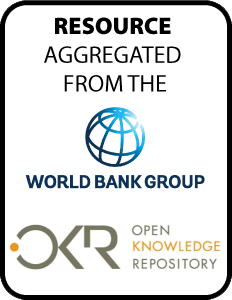Intensification of Livestock Production Systems in the North West Region of Cameroon : A South-to-South Collaboration for Technology Transfer, The Tugi Silvopastoral Project
The Tugi Silvo-pastoral Project (TUSIP)
is a South-South Cooperation between the Tropical
Agriculture Research and Higher Education Centre (CATIE)
based in Costa Rica (www.catie.ac.cr) and the Akwi Memorial
Foundation (AMF) based in the North West Region of Cameroon.
The main goal of TUSIP was to assess the environmental
benefits of a set of silvo-pastoral practices and to empower

